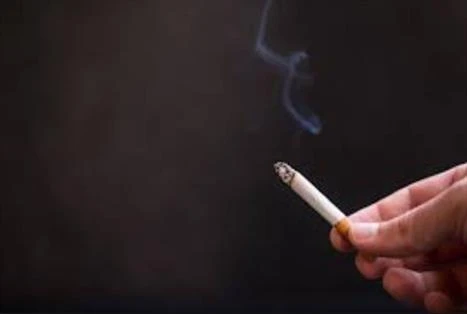Is It OK to Paint While Breastfeeding?

With the new addition to your family you may be tempted to make some additional changes around your home, including updating your furnishings or accessories, or refreshing your walls with a new coat of paint. Before you pick up your paintbrush however, it's important to learn the potential effects of painting while breastfeeding and which type of paint is the safest to use during this time. Most importantly, speak with your physician before engaging in any activities about which you have uncertainty or concern.
Tips to Reduce Paint-Related Toxins in Your Home
There is no definitive guide to raising a healthy, happy child, but the answer lies somewhere within a mixture of common sense, good instincts, and love. While you can't possibly protect your child from everything, there are a number of things you should avoid in order to make their environment a safer place—especially at home and during a painting project.
 Volatile Organic Compounds (VOCs)
Volatile Organic Compounds (VOCs)
VOCs are chemicals which can be found in many types of paint. VOCs are released into the air during the application process, but may also off-gas into the home for years afterwards. There are many low-VOC and VOC-free products on the market today, but while using low-VOC paint for breastfeeding mothers who wish to update the nursery or other areas of the home is recommended, painting while breastfeeding is not. VOCs may still be present in the pigments which are added to the paint, and the consistency is different which can make application more challenging.
Lead
Lead is considered to be a developmental neurotoxin, and exposure has been shown to affect brain development in children. The most likely sources of lead in the home are in paint, water, and toys. If you live in a home built prior to 1978 there may be lead paint present on the interior or exterior of the home, but it only becomes hazardous once it begins to deteriorate when it releases particles into the air. If you have concerns, test kits are available at your local home improvement store or you can hire a certified lead inspector for more accurate results.
Solvents
A solvent is a liquid that is used to dissolve something, and most are incredibly toxic. Common solvents include paint thinners (for use with oil based paints) and turpentine, which is used to clean brushes after painting with oil based paint. Painting while breastfeeding using any of these products, or using oil based paint or solvents in a home occupied by children of any age is highly discouraged. Adequate ventilation is required during and after application to remove toxic fumes from the air.
Other Potentially Harmful Toxins Around the Home
Bisphenol A (BPA)
BPA is a chemical that has been used since 1957 to harden plastic, line food cans, and prevent contamination from bacteria—and it's also a known carcinogen. Thanks to increased awareness many manufacturers have phased out the use of BPA in their products, and in 2012 the Food and Drug Administration banned the use of BPA in sippy cups, baby bottles, and infant formula packaging. Look for the BPA-free label when purchasing these items for your baby, and toss out any that were manufactured prior to the ban to eliminate exposure.

Cigarette Smoke
The effects of second hand smoke are well documented, and smoking or being around those who do while breastfeeding can expose your baby to any combination of over 4,000 chemicals. Regardless of trace amounts of chemicals that may be carried through the milk, chemicals can cling to hair, clothing, and skin, and be transferred to your baby through direct contact.
Hire the Professionals
The safest bet is to call the experienced professionals at Five Star Painting for all your interior and exterior painting needs at 888-261-3633, and schedule your free estimate today!
 Click to call
Click to call




